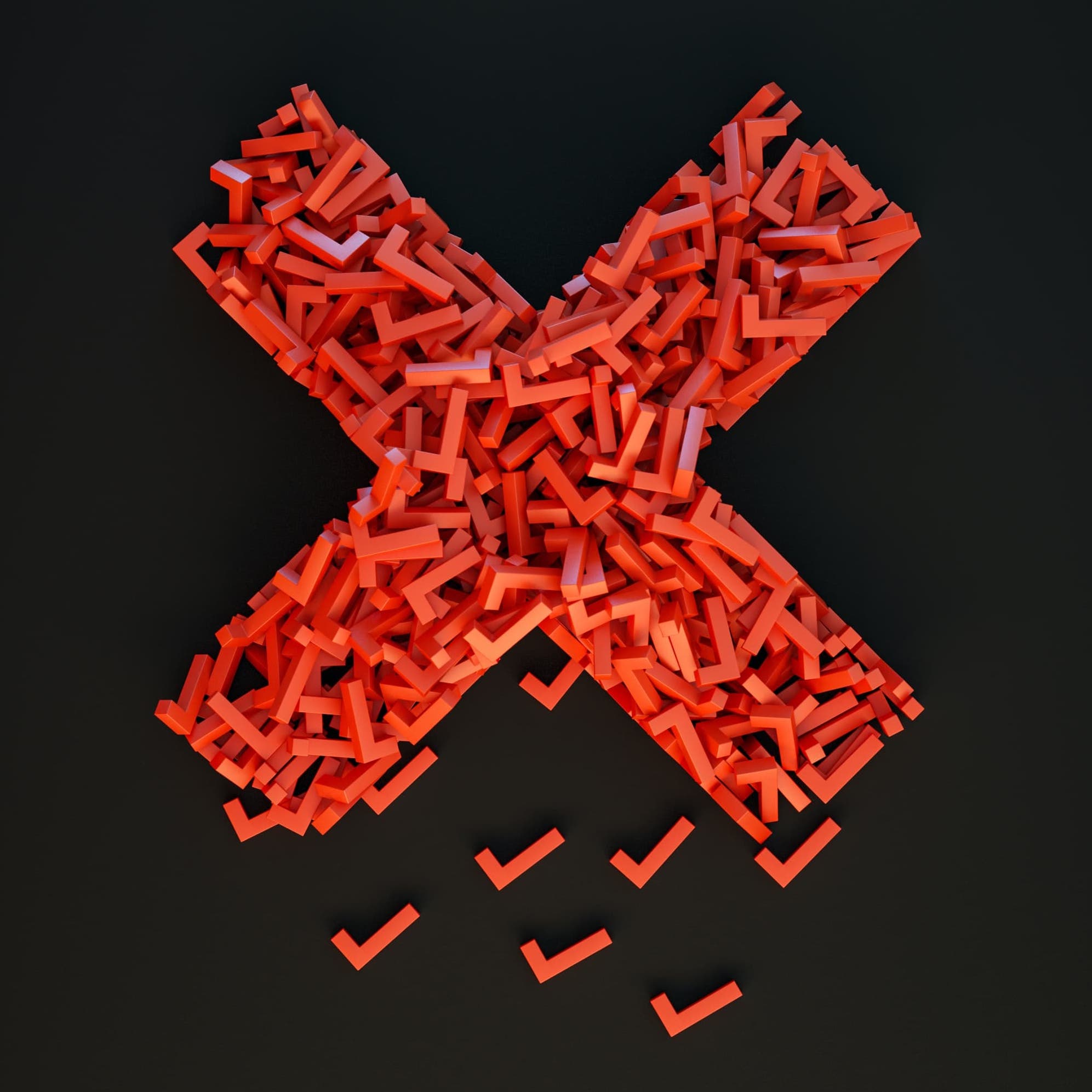Yesterday morning a friendly person named Henry came to my house to pick me up. I jumped in his car and was provided with a 45 minute chauffeured ride to my office in San Bruno—roughly 11 miles south of San Francisco.
How much did that luxury cost me? $50? $100?
Nope. $6.59. And that was an expensive day. Normally, that ride costs me $2.99.
For comparison, a subway ride from the station closest to my house to the station closest to my office would cost $4.65, and I would need to take a cab ride to travel the last couple of miles to the office.
For the past few months, I’ve been part of Uber’s “Flat Rate” riding program. Somehow I’m able to pre-purchase a “flat rate” ride package each month that gives me a certain number of rides at a fixed price. While the flat rates have varied a bit from month to month, the current package allows me to take an unlimited number of UberX rides at $6.99 and an unlimited number of Uber Pools at $2.99.
At this point, you may be asking: What is Uber smoking?
Well, a common hypothesis is that this program was created to encourage customers to use the service more often, further strengthening their “Uber habits”.
While the flat rate has definitely increased my Uber usage, I think that, from a psychological point of view, it sets the company up for a battle that they’re sure to lose.
Here’s why:
1. This show can’t go on, and when it does…
The second that they take these flat rides away from me, I’ll kick and scream like a lover spurned. I’ll sit on the subway and remember the good ol’ days that my flat rate rides and I had together. It’ll hurt. One of the core findings of behavioral economics is that losses are more emotionally rattling than equivalent gains are pleasing. In other words: loss hurts more than gain delights.
Uber is delighting all of us in the flat ride program right now, but that delight will be much weaker than the pain & anger we’ll feel when it ends.
And when the prices inevitably increase, they’ll seem unreasonably high. After all, our minds will be anchored to these new, laughably low prices.
Netflix learned this the hard way when it started charging DVD users for streaming as a separate service, raising their monthly bill by 60%. Customers were anchored on a free price-point for the streaming portion. Imagine their shock when they suddenly had to pay $7.99 for the service:
“Over the summer, Netflix angered customers by splitting its popular DVD-by-mail and unlimited-streaming package into two separate services—and by charging what amounts to a 60% price hike for customers who wanted to keep the same services. Once the price changes took effect, it was evident that Netflix subscribers were fleeing, and the stock price tanked.” (source)
2. Humans are not robots
We’re not automatons that keep mindlessly doing the same things when the situation changes. This is why our habits are weakest right after we’ve moved. A core element of Uber’s digital environment is the price that appears when you enter your desired destination. If the prices are no longer static ($2.99 and $6.99), if the digital environment shifts, we’ll start paying conscious attention to the app again… and the zombie-like automaticity they’re trying to encourage with the static fares will disappear.
In many ways, the flat rate ride program is a genius move because it allows you, the user, to zone out during the entire Uber-ordering process. Currently, the price changes each and every time you enter a desired destination, so you patiently wait while the app gives you a price quote. If that’s the same every time, though… then you can look away from the screen and keep tapping the button until the ride is initiated. It encourages automaticity by stabilizing the digital context. That’s habit formation 101. Smart idea, guys.
The problem, however, is that the second they remove the flat rate rides and the digital environment starts changing again… whoops. It’s highly unlikely that individuals will continue to mindlessly tap away. They’ll start noticing the higher-than-usual charges in their email and on their credit card statements. They’ll notice, out of the corner of their eye, that the price for today’s ride is $8.72, not the usual $2.99. They’ll snap out of their hypnotic trance pretty quickly. The context has changed, after all.
That’s it for today.
Tomorrow I want to talk a bit more about Uber, and why they’ve set up their pricing system to maximize user anger and disappointment. Stay tuned.





